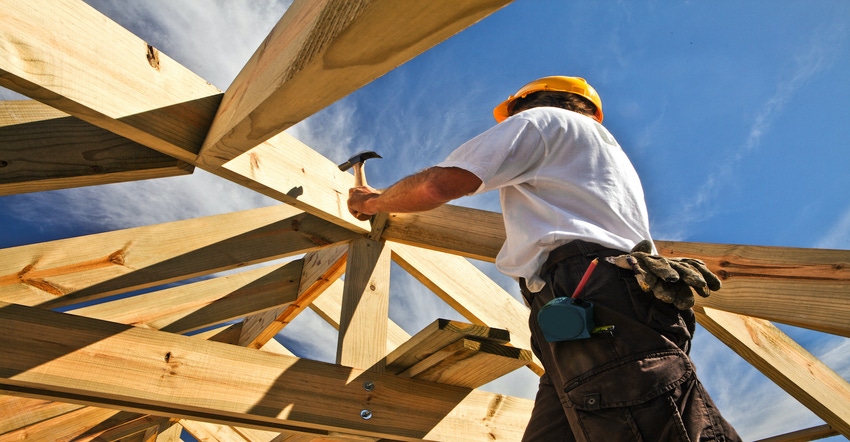Members of the Center for Construction Research and Training provided valuable information and safety tips during webinar.

According to the National Weather Service, the leading cause of weather-related deaths is heat.
And construction workers have a disproportionate risk of heat-related death, according to a study conducted by CPWR, the Center for Construction Research and Training, which held a June webinar on heat-related illness and death in the construction industry.
“This study is not designed to tell us why risks exist, but to make educated guesses,” said Gavin West, director, Nanomaterials Research in CPWR’s Safety and Health Research Department.
Heat has always been an occupational hazard, but data shows that global temperatures are rising, West said.
For example, 19 of the warmest years on record have occurred since 2009, according to the NASA Goddard Institute for Space Studies.
2020 was tied with 2016 for the hottest years on record ever since NASA GISS started tracking temperature data, West said.
The CPWR study found that the relationship between increasing temperatures and heat-related deaths was “statistically significant,” according to West.
Increasing summer temps in the contiguous US correlated positively with the annual number of heat-related deaths, West said.
West also said that 36% of construction workers' deaths from 1992-2016 were heat-related.
The most deaths occurred in July (32.9%); the most happened in the afternoon—especially between 2-4 p.m.—and by trade, roofing contractors accounted for the highest number of these fatalities, West said.
Roofers and helpers are seven times more likely to die from heat-related illness, West added.
Between 1992-2017, 815 US workers died from heat and almost 70,000 were seriously injured, according to the Asuncion Valdivia Heat Illness and Fatality Prevention Act.
Foreign-born workers and workers who are races/ethnicities other than white and non-Hispanic are at a higher risk for heat-related illnesses and death, West said.
Additionally, CPWR found that between 2011-2016, US workers in the South were more than 60% at risk for heat-related illness or death.
Heat-related illness symptoms include dizziness, light-headedness, fainting and seizures.
Heavy workloads can increase core temperatures, cause electrolyte imbalance and dehydration through sweat loss, West said.
Machinery and power tools can generate radiant heat and heavy PPE can interfere with the body’s ability to cool itself, he added.
Following West, Chris Le, program manager for CPWR’s Health and Safety Research Department, spoke of solutions to combat heat stress in the construction industry.
Currently, federal OSHA doesn’t have a specific standard for heat exposure, but the divisions in California, Minnesota and Washington do, Le said.
OSHA did launch its Heat Illness Prevention campaign in 2011, which according to the organization’s website, educates employers and workers on the dangers of working in the heat and whose safety message comes down to three keywords: Water. Rest. Shade.
However, OSHA uses a heat index, which combines both the air temperature and relative humidity into a single value, Le said.
OSHA also offers protective measures to take at each risk level—low (<91°F), moderate (91°F-103°F), high risk (103°F-115°F) and very high to extreme (>115°F).
Some key points Le said to consider in making plans to combat heat-related illness and death: Identifying a responsible individual to ensure the program is in place; providing training for workers and supervisors on how to identify, prevent and respond to heat-related illnesses; tracking the work site heat conditions daily; evaluating work activities and implementing a plan when conditions trigger and taking the steps for aiding workers suffering from a heat-related illness including emergency preparations for possible heatstroke cases.
Both West and Le recommend that workers wear loose-fitting, light-colored, breathable materials and cooling equipment, such as a cooling vest.
On the technology side, Le pointed out First Line Technology’s Immersion Cooling Equipment System and Triax’s Spot-r IoT solution, which he said is a mesh network system for monitoring worker location, equipment utilization and safety incidents.
About the Author(s)
You May Also Like




